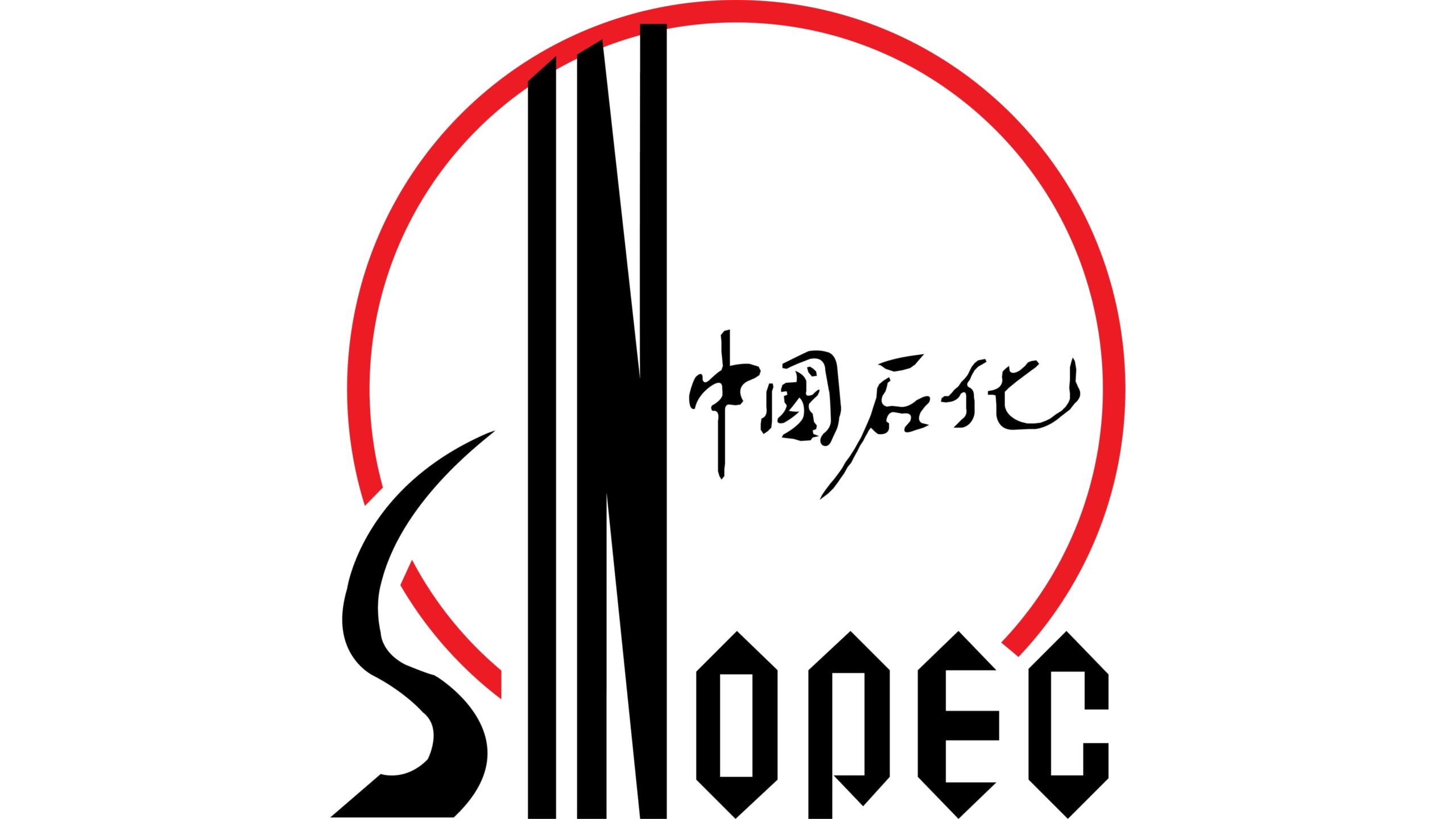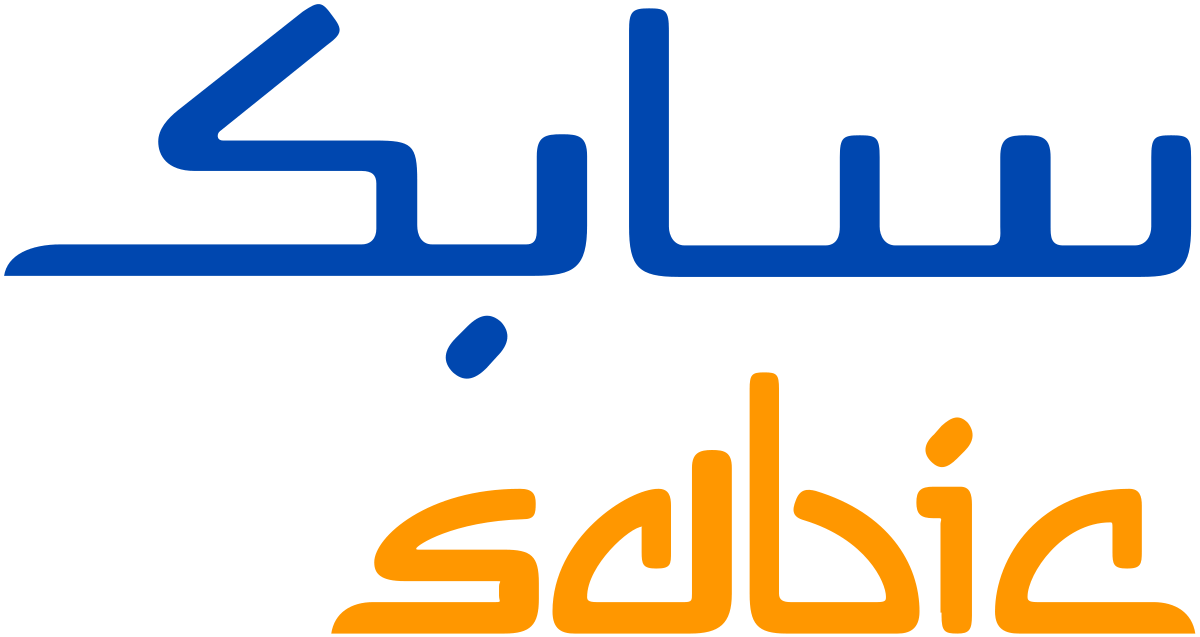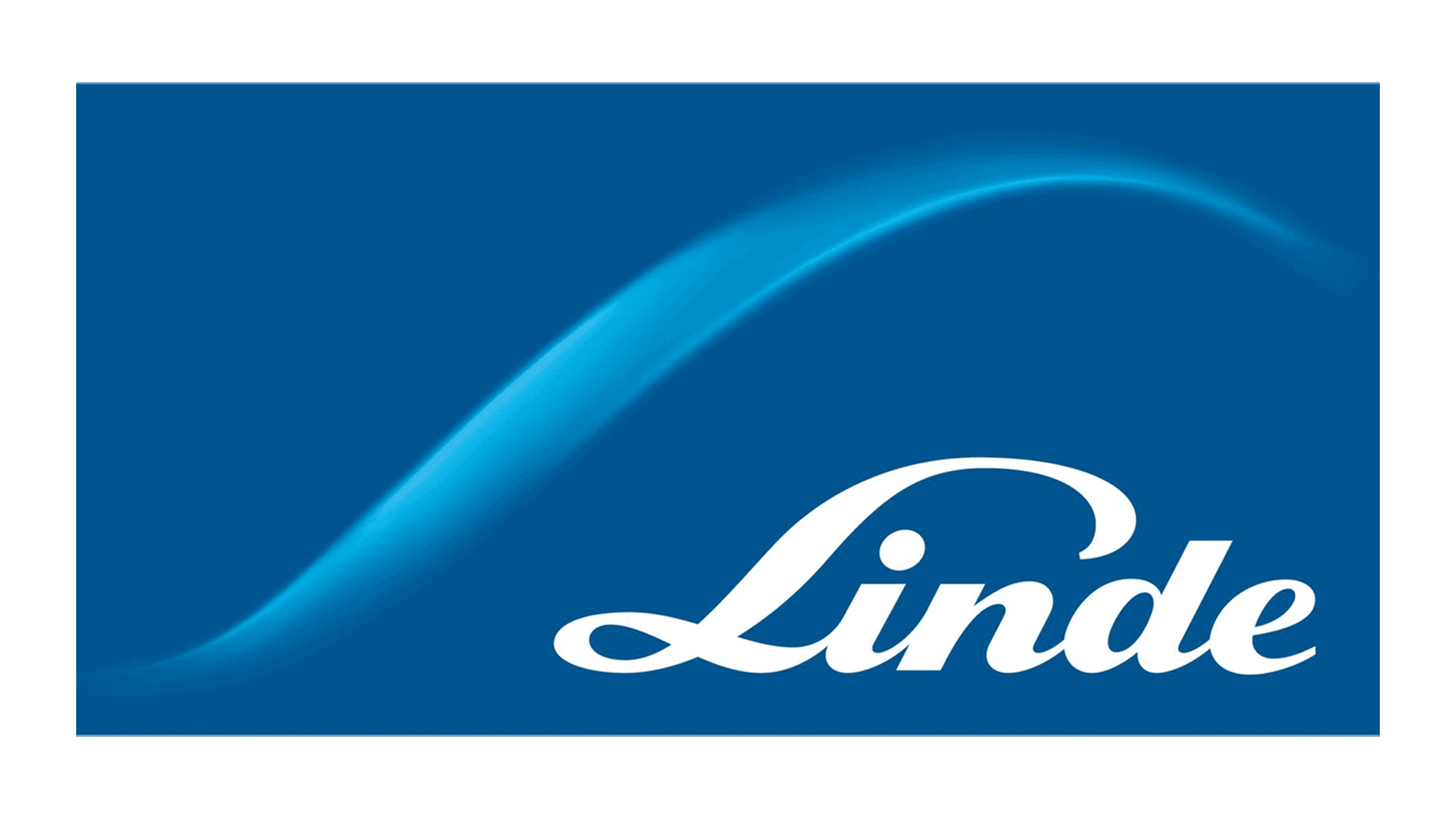Global Polypropylene Homopolymer Market By Form, By Processing Technology, By End Use Sector, By Region & Segmental Insights Trends and Forecast, By Value (US$ Bn), Volume (Units)2024 – 2034
- Industry: Chemicals & Materials
- Report ID: TNR-110-1306
- Number of Pages: 420
- Table/Charts : Yes
- September, 2024
- Base Year : 2024
- No. of Companies : 10+
- No. of Countries : 29
- Views : 10066
- Covid Impact Covered: Yes
- War Impact Covered: Yes
- Formats : PDF, Excel, PPT
Polypropylene homopolymer is a type of polypropylene resin characterized by a high degree of crystallinity and rigidity. As a versatile thermoplastic, it is widely utilized in various industries due to its excellent chemical resistance, low density, and ease of processing. The global polypropylene homopolymer market is experiencing robust growth, driven by increasing demand from the automotive, packaging, and consumer goods sectors.
In automotive applications, polypropylene homopolymer is used for interior components, such as dashboards and trims, owing to its durability and lightweight properties. For instance, Ford incorporated polypropylene homopolymer in its 2023 Mustang’s interior panels to enhance performance and reduce weight. The packaging industry leverages it for its ability to produce durable and cost-effective containers. Overall, the market is expanding due to its adaptability and wide-ranging applications across end-use sectors. In terms of revenue, the global Polypropylene Homopolymer Market was worth US$ 69.7 Bn in 2023, anticipated to witness a CAGR of 6.3% during 2024 – 2034.
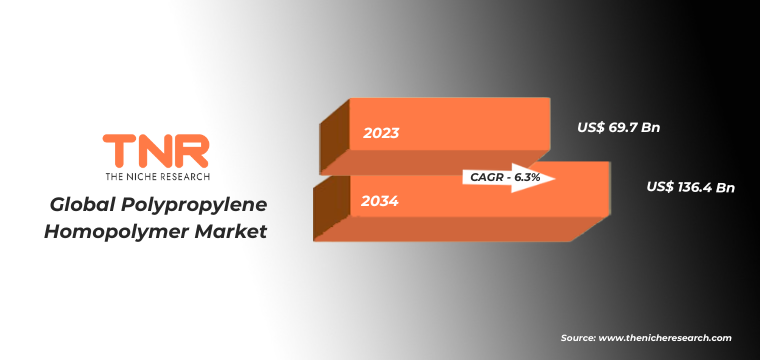
Global Polypropylene Homopolymer Market (Revenue & Volume, US$ Million & Million Units) Dynamics
Growth Drivers-
- Increasing Automotive Production: The growing demand for lightweight and fuel-efficient vehicles is driving the polypropylene homopolymer market. For example, in 2023, Toyota adopted polypropylene homopolymer in its new Camry model for interior components to enhance fuel efficiency and reduce weight.
- Rising Packaging Needs: The surge in e-commerce and demand for sustainable packaging solutions is boosting the polypropylene homopolymer market. In 2024, Unilever transitioned to polypropylene homopolymer for its product containers, highlighting its cost-effectiveness and recyclability in packaging applications.
Restraints-
- Volatility in Raw Material Prices: Fluctuations in the prices of propylene, the primary raw material for polypropylene homopolymer production, significantly impact market stability. For instance, in early 2023, propylene prices surged due to supply chain disruptions, constraining market growth.
- Stringent Environmental Regulations: Increasingly stringent environmental regulations, such as those imposed by the European Union in 2024, restrict the production of polypropylene due to its environmental impact, limiting market expansion. Compliance with these regulations necessitates costly process adjustments for manufacturers.
Global Polypropylene Homopolymer Market By Form
Powder segment emerged as the second-largest growing category in the global polypropylene homopolymer market, capturing a 40.6% revenue share in 2023. This growth is driven by the material’s extensive applications in automotive parts, industrial components, and consumer goods due to its ease of processing and excellent performance characteristics. For example, in August 2023, TotalEnergies unveiled a new polypropylene powder product designed for high-performance automotive applications, reflecting the segment’s expanding role in specialized industries. The versatility and efficiency of polypropylene powder continue to fuel its increasing adoption across various sectors, contributing significantly to market dynamics.
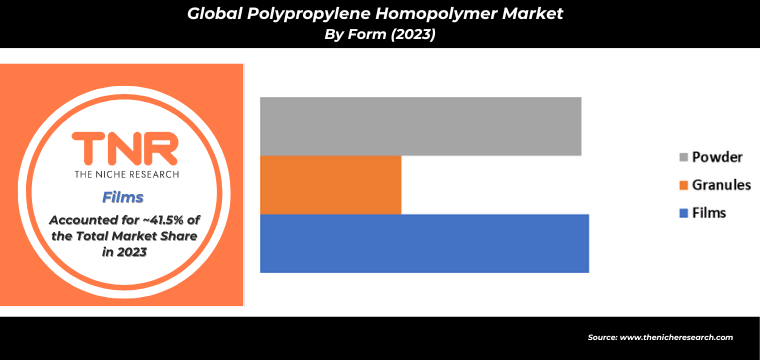
Global Polypropylene Homopolymer Market By Processing Technology
Blow moulding technology has seen a surge in popularity, securing a significant revenue share of 21.7% in 2023. This rise is attributed to its versatility and cost-efficiency in manufacturing complex, hollow plastic parts used in various industries. For example, in June 2023, Sidel Group launched an advanced blow moulding system that enhances production speed and reduces material waste, catering to the growing demand for sustainable packaging solutions. The technology’s ability to produce lightweight and durable containers has made it a preferred choice for the packaging sector, contributing to its expanding market presence and revenue growth.
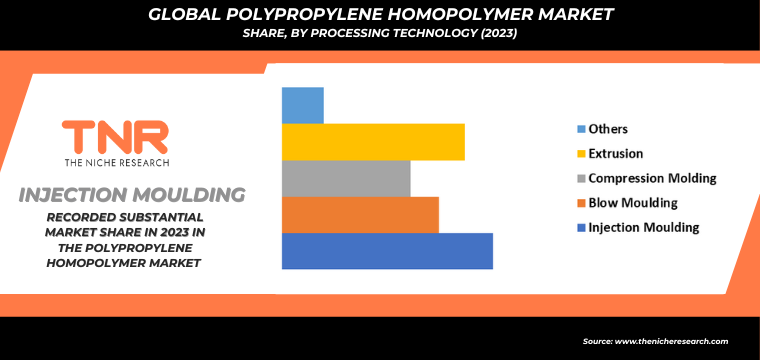
Global Polypropylene Homopolymer Market By End Use Sector
Packaging sector dominated the global polypropylene homopolymer market in 2023, with a revenue share of 20.9%. This dominance is largely due to polypropylene’s favorable properties, such as its durability, flexibility, and resistance to moisture, making it ideal for packaging applications. For instance, in March 2023, Berry Global expanded its polypropylene packaging solutions to meet the rising demand for sustainable and high-performance materials in consumer goods. The material’s versatility and cost-effectiveness continue to drive its widespread use in packaging, reinforcing its leading position in the polypropylene homopolymer market.
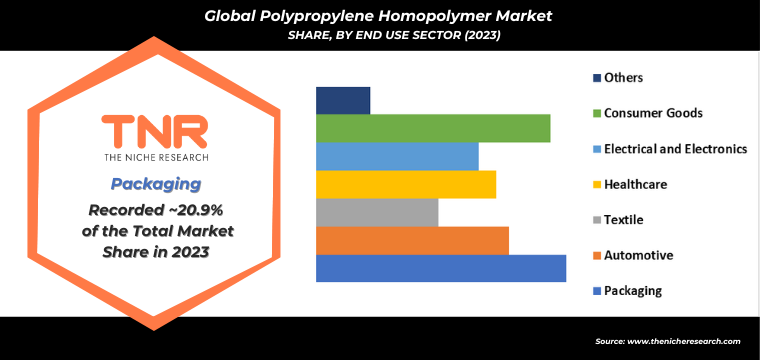
Global Polypropylene Homopolymer Market By Region
Middle East & Africa is anticipated as the fastest growing region during the forecast timeline. This growth is driven by rapid industrialization, increasing construction activities, and rising demand for automotive and packaging applications. For instance, in February 2024, Borealis AG expanded its polypropylene production in Abu Dhabi to cater to the burgeoning demand in the region. Additionally, the MEA region benefits from its strategic location, which facilitates trade and investment. Government initiatives and infrastructure development further bolster market growth, positioning MEA as a key player in the global polypropylene homopolymer industry.
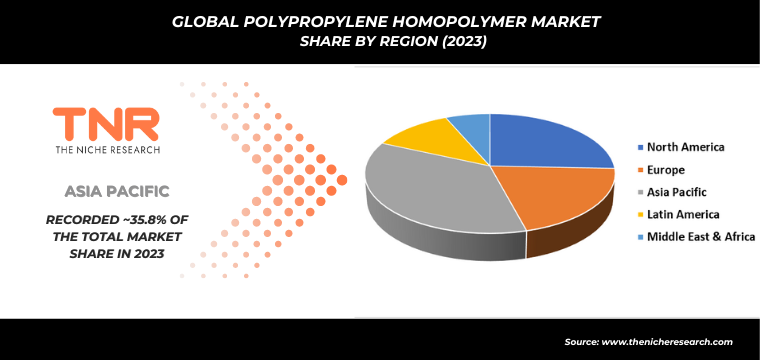
Competitive Landscape
The global polypropylene homopolymer market is characterized by intense competition among major players, driven by innovation and capacity expansion. Leading companies such as LyondellBasell Industries, Borealis AG, and Sabic are at the forefront, continuously enhancing their production capabilities and technological advancements. For example, in January 2023, LyondellBasell announced a significant investment in expanding its polypropylene production in the United States to meet growing demand.
Additionally, firms are focusing on sustainable practices and product diversification to capture a larger market share. The competitive landscape is further shaped by regional players and fluctuating raw material prices, influencing market dynamics.
Some of the players operating in the polypropylene homopolymer market are
- Borealis AG
- Braskem S.A
- ExxonMobil Corporation
- INEOS Group Ltd.
- IRPC Public Company Limited
- C.Y. Chemical Corporation
- LyondellBasell Industries N.V
- National Petrochemical Industrial Company
- Polyolefin Company
- Reliance Industries Limited.
- Sasol Limited
- Total Petrochemicals USA Inc.
- Other Industry Participants
Global Polypropylene Homopolymer Market Scope:
| Report Specifications | Details |
| Market Revenue & Volume in 2023 | US$ 69.7 Bn & xx Unit |
| Market Size Forecast by 2034 | US$ 136.4 Bn |
| Growth Rate (CAGR) | 6.3% |
| Historic Data | 2016 – 2022 |
| Base Year for Estimation | 2023 |
| Forecast Period | 2024 – 2034 |
| Report Inclusions | Market Size & Estimates, Market Dynamics, Competitive Scenario, Trends, Growth Factors, Market Determinants, Key Investment Segmentation, Product/Service/Solutions Benchmarking |
| Segments Covered | By Form, By Processing Technology, By End Use Sector, By Region |
| Regions Covered | North America, Europe, Asia Pacific, Middle East & Africa, Latin America |
| Countries Covered | U.S., Canada, Mexico, Rest of North America, France, The UK, Spain, Germany, Italy, Nordic Countries (Denmark, Finland, Iceland, Sweden, Norway), Benelux Union (Belgium, The Netherlands, Luxembourg), Rest of Europe, China, Japan, India, New Zealand, Australia, South Korea, Southeast Asia (Indonesia, Thailand, Malaysia, Singapore, Rest of Southeast Asia), Rest of Asia Pacific, Saudi Arabia, UAE, Egypt, Kuwait, South Africa, Rest of Middle East & Africa, Brazil, Argentina, Rest of Latin America |
| Key Players | Borealis AG, Braskem S.A, ExxonMobil Corporation, INEOS Group Ltd., IRPC Public Company Limited, L.C.Y. Chemical Corporation, LyondellBasell Industries N.V, National Petrochemical Industrial Company, Polyolefin Company, Reliance Industries Limited., Sasol Limited, Total Petrochemicals USA Inc. |
| Customization Scope | Customization allows for the inclusion/modification of content pertaining to geographical regions, countries, and specific market segments. |
| Pricing & Procurement Options | Explore purchase options tailored to your specific research requirements |
| Contact Details | Consult With Our Expert
Japan (Toll-Free): +81 663-386-8111 South Korea (Toll-Free): +82-808- 703-126 Saudi Arabia (Toll-Free): +966 800-850-1643 United Kingdom: +44 753-710-5080 United States: +1 302-232-5106 E-mail: askanexpert@thenicheresearch.com
|
Global Polypropylene Homopolymer Market
By Form
- Films
- Granules
- Powder
By Processing Technology
- Injection Molding
- Blow Molding
- Compression Molding
- Extrusion
- Others
By End Use Sector
- Packaging
- Automotive
- Textile
- Healthcare
- Electrical and Electronics
- Consumer Goods
- Others
By Region
- North America (U.S., Canada, Mexico, Rest of North America)
- Europe (France, The UK, Spain, Germany, Italy, Nordic Countries (Denmark, Finland, Iceland, Sweden, Norway), Benelux Union (Belgium, The Netherlands, Luxembourg), Rest of Europe)
- Asia Pacific (China, Japan, India, New Zealand, Australia, South Korea, Southeast Asia (Indonesia, Thailand, Malaysia, Singapore, Rest of Southeast Asia), Rest of Asia Pacific)
- Middle East & Africa (Saudi Arabia, UAE, Egypt, Kuwait, South Africa, Rest of Middle East & Africa)
- Latin America (Brazil, Argentina, Rest of Latin America)
Report Layout:
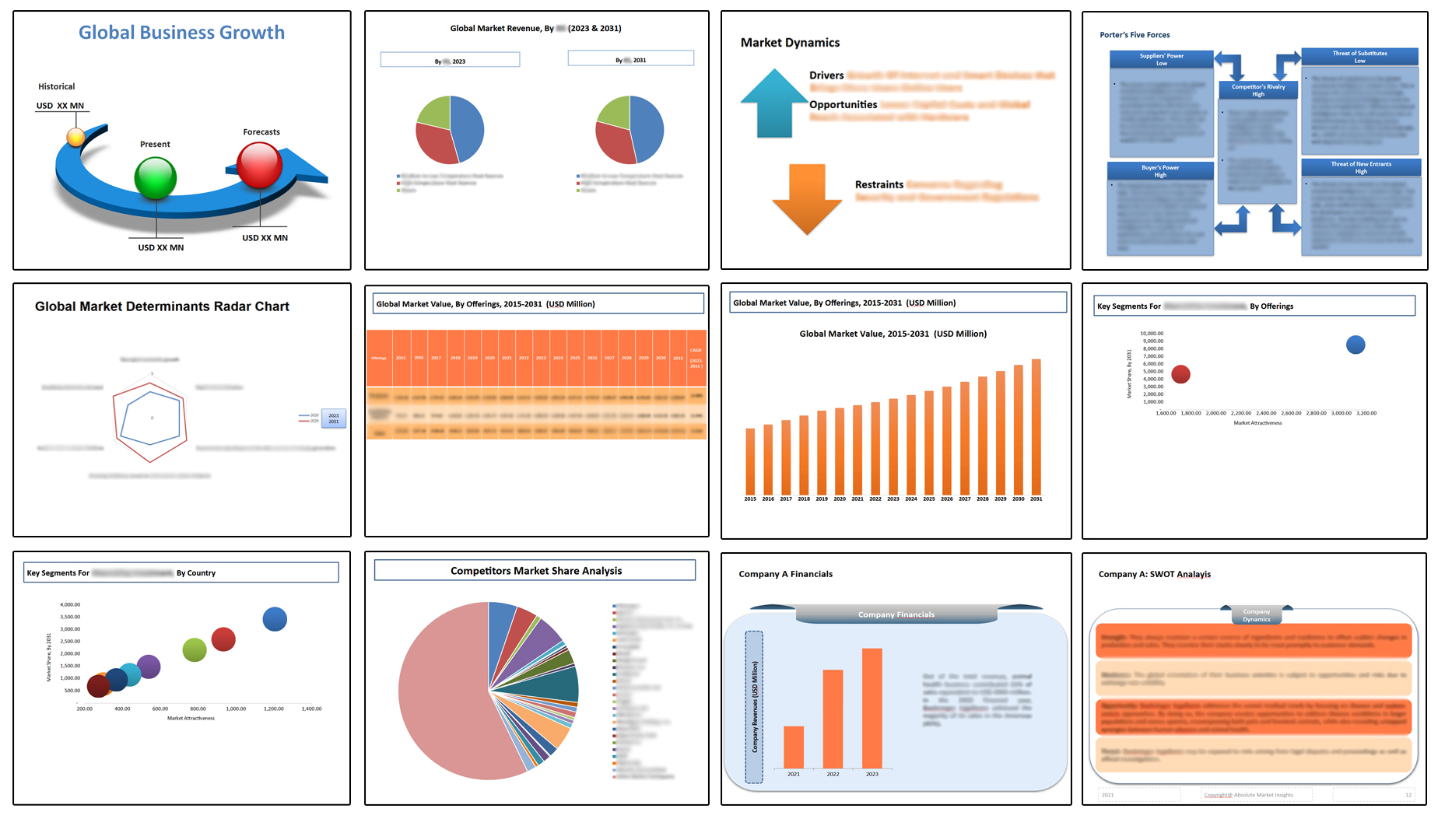
Table of Contents
Note: This ToC is tentative and can be changed according to the research study conducted during the course of report completion.
**Exclusive for Multi-User and Enterprise User.
Global Polypropylene Homopolymer Market (Revenue & Volume (US$ Mn & Million Units))
By Form
- Films
- Granules
- Powder
By Processing Technology
- Injection Molding
- Blow Molding
- Compression Molding
- Extrusion
- Others
By End Use Sector
- Packaging
- Automotive
- Textile
- Healthcare
- Electrical and Electronics
- Consumer Goods
- Others
By Region
- North America (U.S., Canada, Mexico, Rest of North America)
- Europe (France, The UK, Spain, Germany, Italy, Nordic Countries (Denmark, Finland, Iceland, Sweden, Norway), Benelux Union (Belgium, The Netherlands, Luxembourg), Rest of Europe)
- Asia Pacific (China, Japan, India, New Zealand, Australia, South Korea, Southeast Asia (Indonesia, Thailand, Malaysia, Singapore, Rest of Southeast Asia), Rest of Asia Pacific)
- Middle East & Africa (Saudi Arabia, UAE, Egypt, Kuwait, South Africa, Rest of Middle East & Africa)
- Latin America (Brazil, Argentina, Rest of Latin America)
The Niche Research approach encompasses both primary and secondary research methods to provide comprehensive insights. While primary research is the cornerstone of our studies, we also incorporate secondary research sources such as company annual reports, premium industry databases, press releases, industry journals, and white papers.
Within our primary research, we actively engage with various industry stakeholders, conducting paid interviews and surveys. Our meticulous analysis extends to every market participant in major countries, allowing us to thoroughly examine their portfolios, calculate market shares, and segment revenues.
Our data collection primarily focuses on individual countries within our research scope, enabling us to estimate regional market sizes. Typically, we employ a bottom-up approach, meticulously tracking trends in different countries. We analyze growth drivers, constraints, technological innovations, and opportunities for each country, ultimately arriving at regional figures.Our process begins by examining the growth prospects of each country. Building upon these insights, we project growth and trends for the entire region. Finally, we utilize our proprietary model to refine estimations and forecasts.
Our data validation standards are integral to ensuring the reliability and accuracy of our research findings. Here’s a breakdown of our data validation processes and the stakeholders we engage with during our primary research:
- Supply Side Analysis: We initiate a supply side analysis by directly contacting market participants, through telephonic interviews and questionnaires containing both open-ended and close-ended questions. We gather information on their portfolios, segment revenues, developments, and growth strategies.
- Demand Side Analysis: To gain insights into adoption trends and consumer preferences, we reach out to target customers and users (non-vendors). This information forms a vital part of the qualitative analysis section of our reports, covering market dynamics, adoption trends, consumer behavior, spending patterns, and other related aspects.
- Consultant Insights: We tap into the expertise of our partner consultants from around the world to obtain their unique viewpoints and perspectives. Their insights contribute to a well-rounded understanding of the markets under investigation.
- In-House Validation: To ensure data accuracy and reliability, we conduct cross-validation of data points and information through our in-house team of consultants and utilize advanced data modeling tools for thorough verification.
The forecasts we provide are based on a comprehensive assessment of various factors, including:
- Market Trends and Past Performance (Last Five Years): We accurately analyze market trends and performance data from preceding five years to identify historical patterns and understand the market’s evolution.
- Historical Performance and Growth of Market Participants: We assess the historical performance and growth trajectories of key market participants. This analysis provides insights into the competitive landscape and individual company strategies.
- Market Determinants Impact Analysis (Next Eight Years): We conduct a rigorous analysis of the factors that are projected to influence the market over the next eight years. This includes assessing both internal and external determinants that can shape market dynamics.
- Drivers and Challenges for the Forecast Period:Identify the factors expected to drive market growth during the forecast period, as well as the challenges that the industry may face. This analysis aids in deriving an accurate growth rate projection.
- New Acquisitions, Collaborations, or Partnerships: We keep a close watch on any new acquisitions, collaborations, or partnerships within the industry. These developments can have a significant impact on market dynamics and competitiveness.
- Macro and Micro Factors Analysis:A thorough examination of both macro-level factors (e.g., economic trends, regulatory changes) and micro-level factors (e.g., technological advancements, consumer preferences) that may influence the market during the forecast period.
- End-User Sentiment Analysis: To understand the market from the end-user perspective, we conduct sentiment analysis. This involves assessing the sentiment, preferences, and feedback of the end-users, which can provide valuable insights into market trends.
- Perspective of Primary Participants: Insights gathered directly from primary research participants play a crucial role in shaping our forecasts. Their perspectives and experiences provide valuable qualitative data.
- Year-on-Year Growth Trend: We utilize a year-on-year growth trend based on historical market growth and expected future trends. This helps in formulating our growth projections, aligning them with the market’s historical performance.
Research process adopted by TNR involves multiple stages, including data collection, validation, quality checks, and presentation. It’s crucial that the data and information we provide add value to your existing market understanding and expertise. We have also established partnerships with business consulting, research, and survey organizations across regions and globally to collaborate on regional analysis and data validation, ensuring the highest level of accuracy and reliability in our reports.


